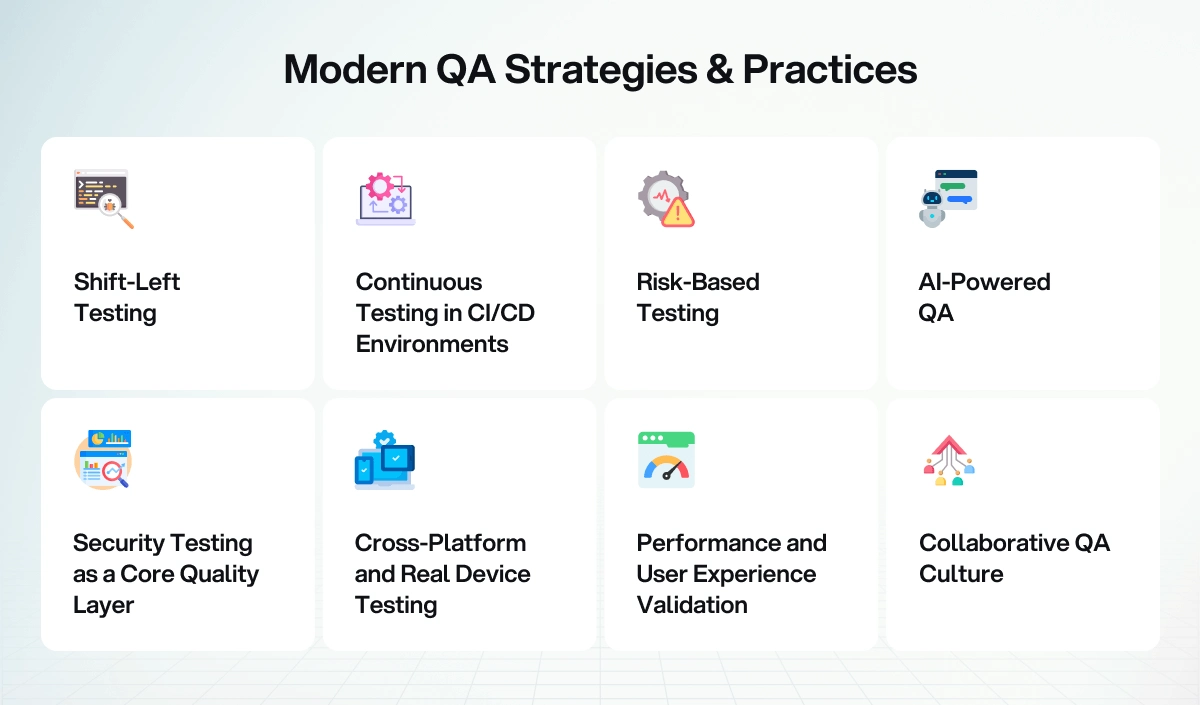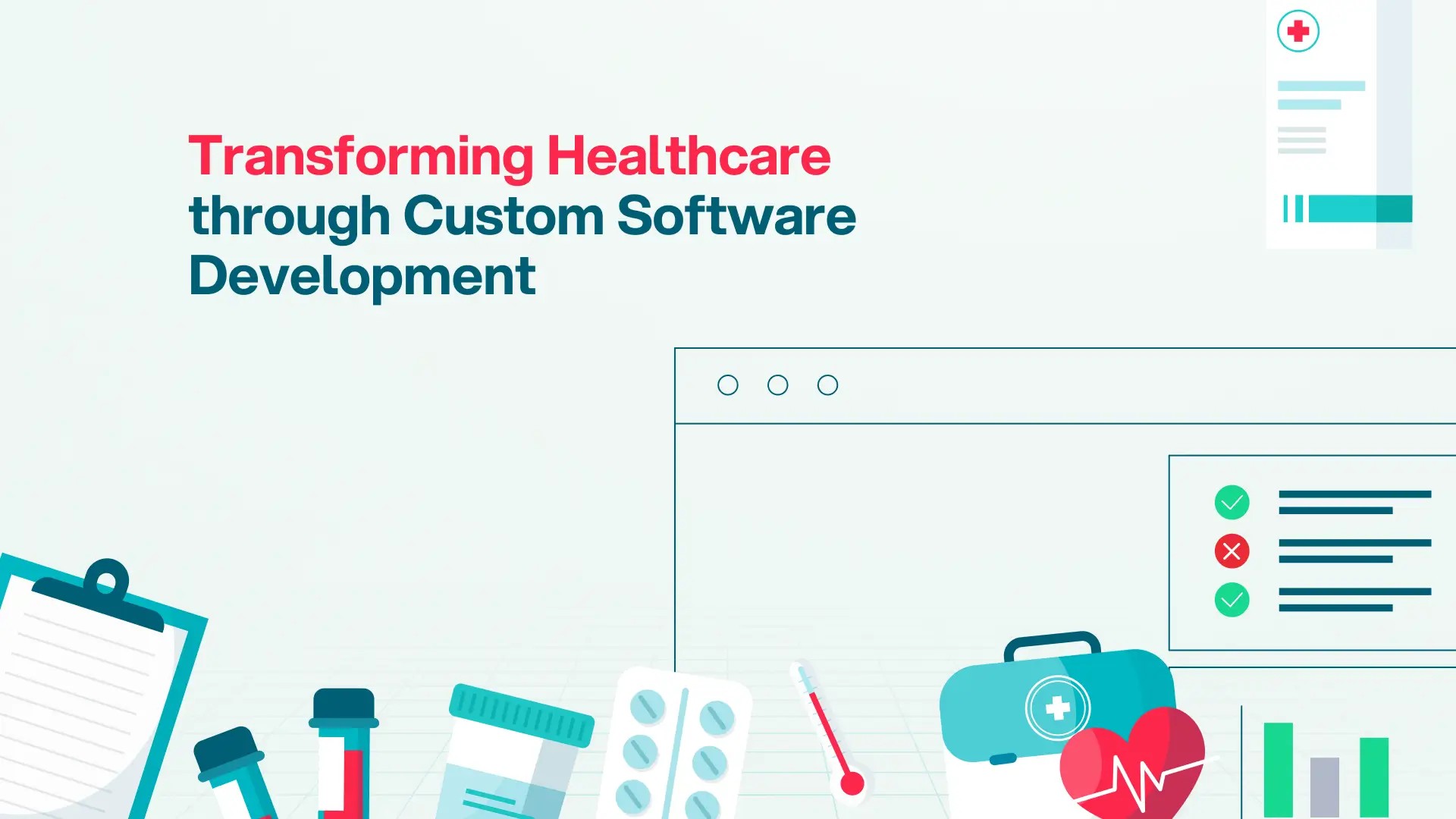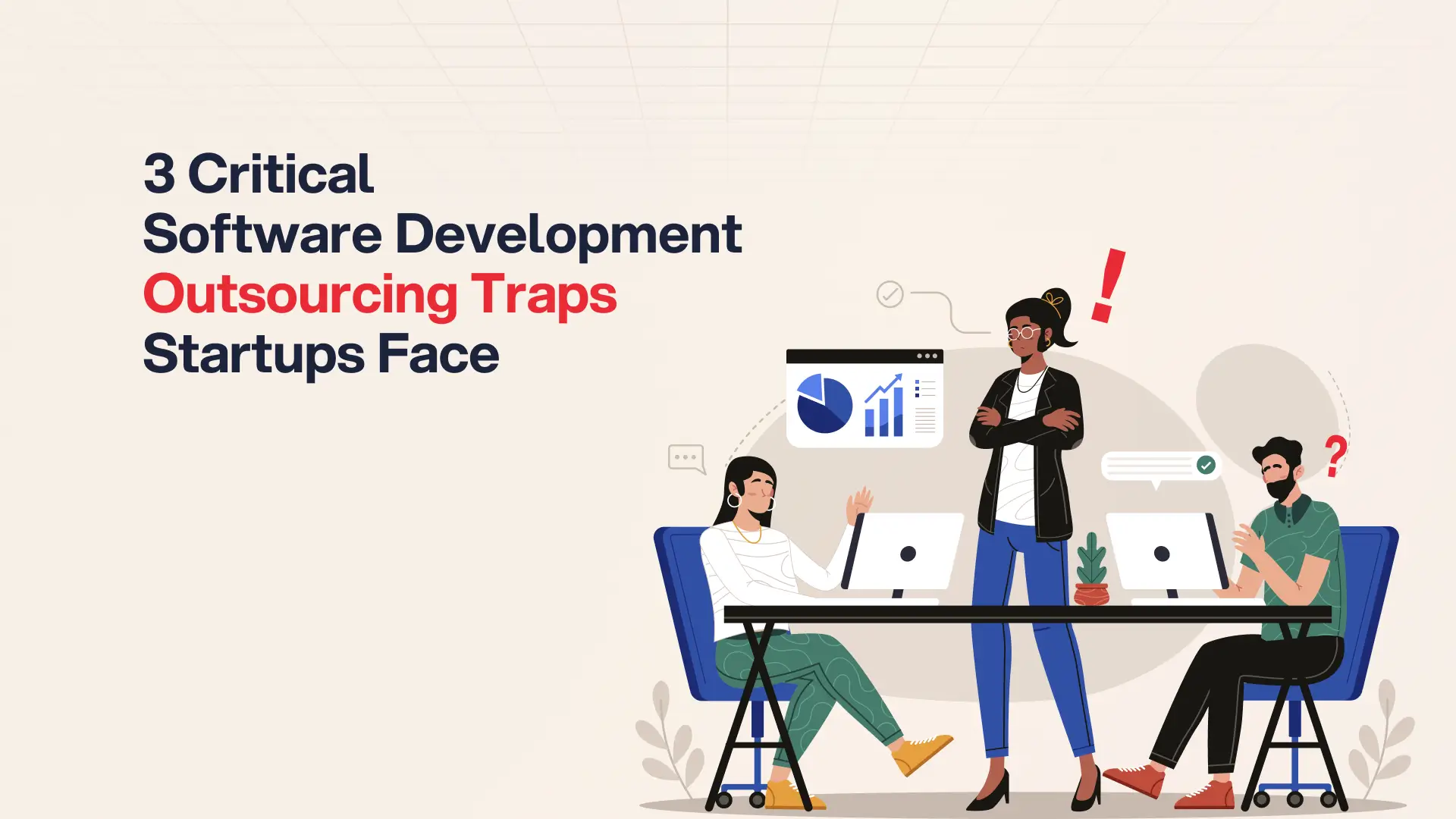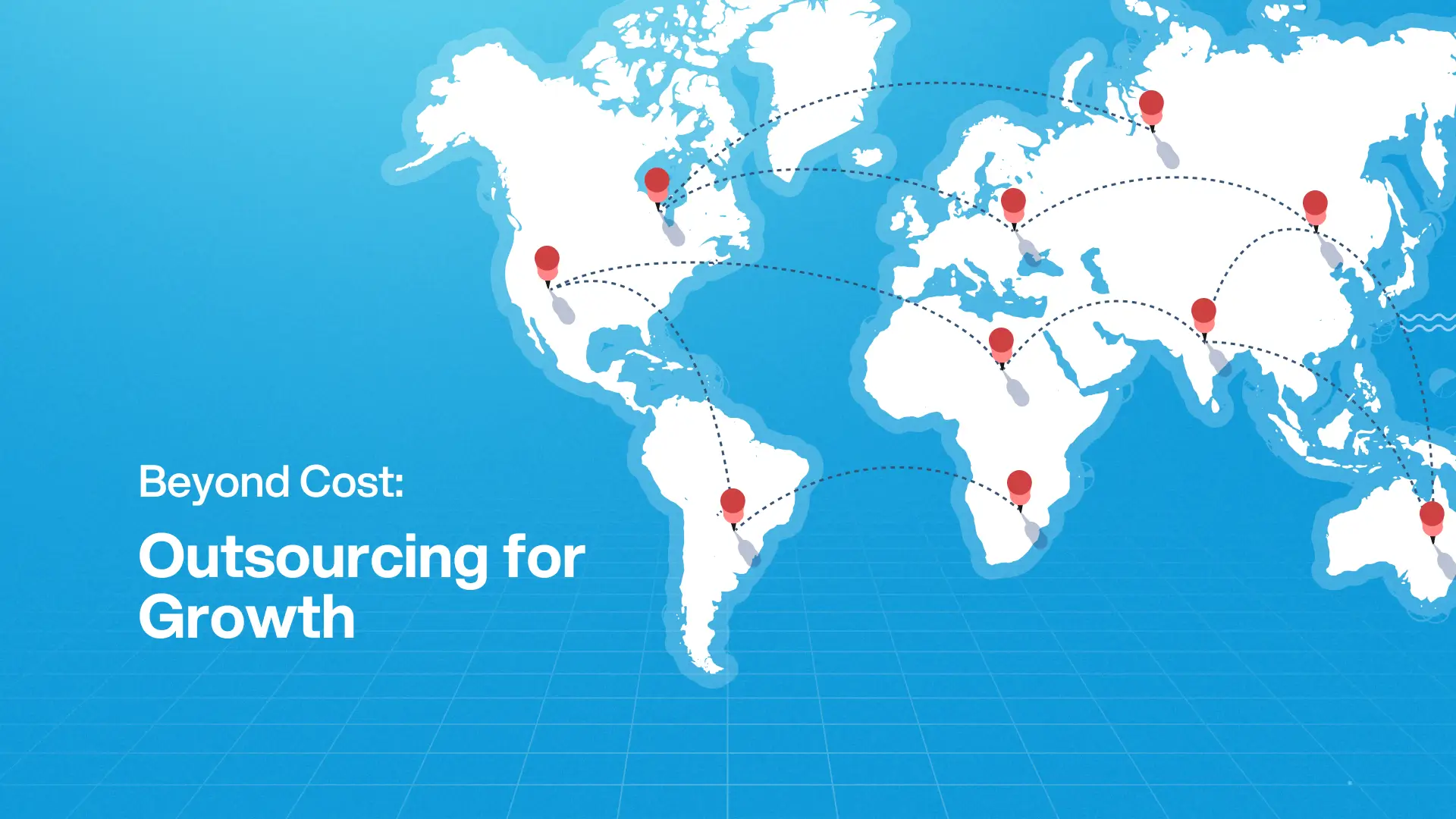Post Activity
 794
794
Table of Content
Share This Post
Table of Content
Software QA best practices ensure risk management, business continuity, and user trust. High-impact practices like Shift Left Testing, Risk-Based Testing, Test Automation, and AI-Powered QA help prevent defects early. These also prioritize high-risk areas, accelerate delivery, and scale quality intelligently.
When quality is sidelined, the business pays the price. Software failures can easily become multimillion-dollar disasters. One of the most infamous QA breakdowns was the Equifax breach, where a missed patch led to the exposure of 147 million user records and over $1.4 billion in damages. Needless to say, building reliable, scalable software requires a proactive, structured approach to quality.
Embedding QA Early for Maximum Impact
The IBM Systems Sciences Institute estimates that fixing a bug post-release costs 100x more than addressing it during the design phase. This underlines the value of Shift Left Testing, where software quality assurance is integrated from the earliest requirements gathering phase.
According to the National Institute of Standards and Technology (NIST), the cost of fixing bugs increases significantly the later they’re found in the development cycle.
Here’s a quick breakdown:
By integrating unit testing, test case writing, and static code analysis using tools like SonarQube in the early stages, your QA teams can identify issues before they snowball.
Real-World QA Failures and Lessons Learned
Accountability turns QA from a checklist into a business safeguard. These failures highlight what happens when ownership of quality is unclear or underestimated:
Facebook, 2021
A misconfigured system update deployed without proper integration testing led to a global six-hour outage.
Estimated financial impact: $65 million.
This incident reinforces the need for robust system integration and configuration testing.
Samsung Galaxy Note 7, 2016
Device failures due to inadequate cross-platform testing and inconsistent validation under real-world conditions led to a $5.3 billion recall.
The lesson: testing on real devices, across diverse environments, is essential to safeguard user safety and brand integrity.
Metrics to Enforce Accountability
Measuring and reporting QA performance ensures that quality is maintained across sprints and releases. Key performance indicators include:
Furthermore, dashboards that track these metrics help enforce transparency and promote continuous improvement across QA efforts.
Here’s a table of QA tools to consider:
Once the right metrics and toolsets are in place, the focus shifts to execution. Let’s explore the QA best practices that embed quality throughout the development lifecycle.
Software QA Best Practices for Business-Critical Resilience
The following QA practices provide structure, risk mitigation, and measurable delivery efficiency:
1. Shift Left Testing
Embedding QA from the design and requirements stages enables early identification of flaws in logic, architecture, or scope.
By integrating static code analysis, unit tests, and defined quality benchmarks upfront, teams reduce downstream rework and accelerate release-readiness without compromising reliability.
2. Continuous Testing in CI/CD Environments
Automated smoke tests, regression suites, and system validations embedded in CI/CD pipelines help maintain stability across fast-moving codebases.
Tools like Selenium, Cypress, and Playwright, combined with orchestrators such as Jenkins and GitLab CI, allow for consistent validation at every integration point.
Thinking of Outsourcing?
Access a wide range of outsourcing companies and find your best fit.
3. Risk-Based Testing
Resources should be allocated where risk is highest. QA teams use risk scoring and traceability matrices to prioritize test cases tied to high-value features like payment flows, user authentication, and regulatory compliance. This approach improves coverage where it matters most.
4. AI-Powered QA
AI-driven platforms such as Testim and Functionize dynamically maintain and adapt test scripts in response to frequent UI or API changes.
Machine learning models also flag historically unstable areas, enabling QA teams to focus efforts with predictive accuracy and reduce test maintenance costs.
5. Security Testing as a Core Quality Layer
Integrated security testing reduces exposure to compliance failures and breaches. OWASP ZAP and Burp Suite support automated vulnerability scanning and API testing within the QA pipeline, ensuring critical threats are addressed before release.
6. Cross-Platform and Real Device Testing
Ensuring compatibility across environments is essential for market-wide reliability.
BrowserStack Automate facilitates testing across thousands of device-browser combinations, capturing usability issues across real hardware and operating systems.
7. Performance and User Experience Validation
Tools like New Relic, Dynatrace, and Datadog provide real-time telemetry for performance, load, and system responsiveness.
These insights guide optimization efforts in staging environments before deployment, minimizing production risk and preserving user trust.
8. Collaborative QA Culture
Cross-functional alignment between developers, QA, and product stakeholders ensures that quality is owned across the lifecycle.
Practices such as Test-Driven Development (TDD), pair testing, and shared sprint planning embed QA into day-to-day execution rather than relegating it to release gates.

Final Thoughts
When aligned with business objectives, software QA becomes a powerful enabler of innovation, user trust, and revenue growth. Quality drives outcomes, not just output. A 2024 Forbes Insights report found that nearly 50% of surveyed executives attributed increased profitability and improved operations to investments in structured QA practices. High-performing organizations invest in QA as a foundational discipline. Practices like Shift Left Testing, risk-based prioritization, automation, and AI integration are essential to delivering reliable, secure, and scalable products.
Ready to Build Your Team?
Let’s create together, innovate together, and achieve excellence together. Your vision, our team – the perfect match awaits.






